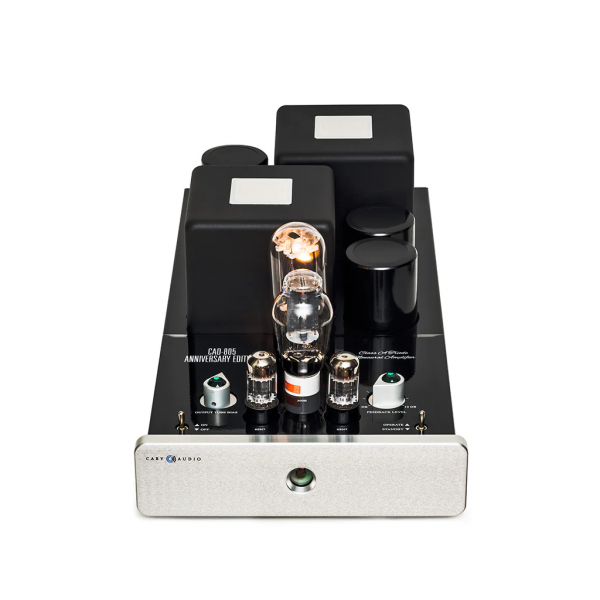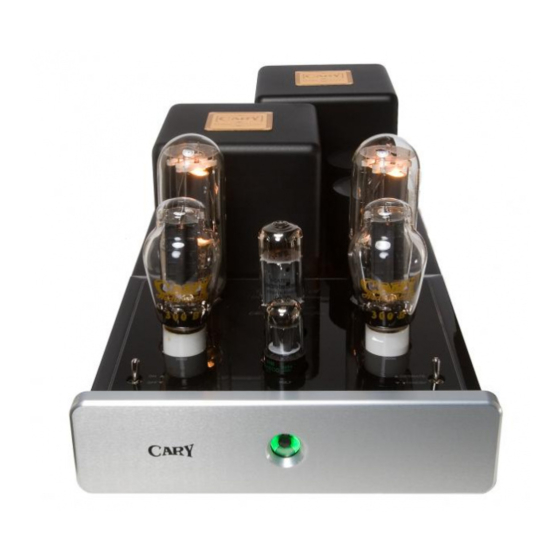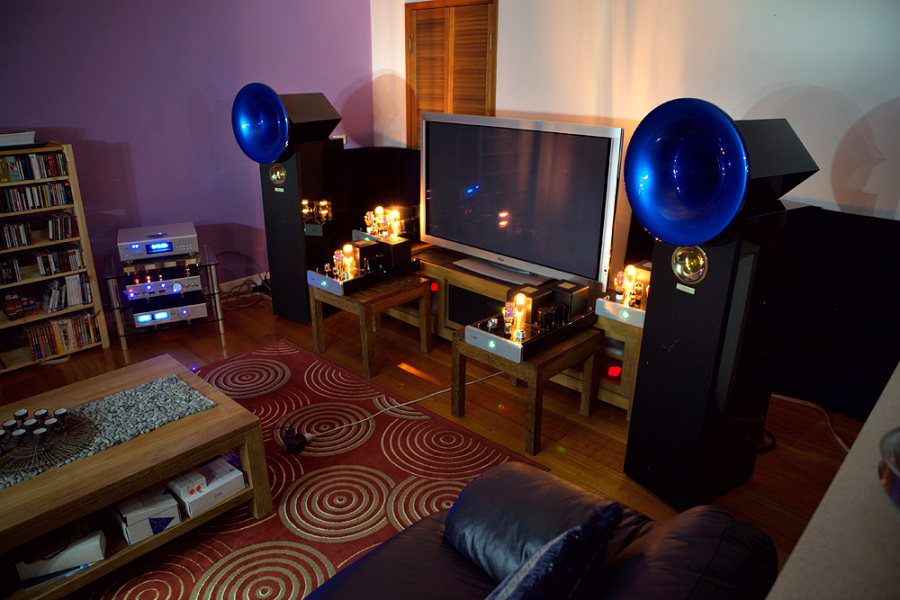Only if it's connected to your gear with a $2k cable.
I m listening now , how much time before the effect comes in ?
Only if it's connected to your gear with a $2k cable.
Welcome to the forum, Tubesornot. We have removed the content of your post because it is against our TOS, which can be found here >>> https://www.whatsbestforum.com/threads/terms-of-service.1207/Not true. The internal grounding scheme isn’t going to change the fact that these are all tuned antennas.
I concur that Big Bottle amplification can be done exceptionally well indeed.Hello gents,
I can’t nor will I try to offer any attempt at answering the question directly, as I’ve never compared a SET of a certain wattage with that of a PSET of the same wattage, given the variables between the two are too great.
I can say this:
I have never liked big bottle tubes, including the 805, 845, 211, GM70 and 833 - at least not in any of the implementations I heard them.
I have also never liked PSETs using any tube (big or small), or push-pull amps for that matter (unless we’re talking guitar amps).
So despite a well-entrenched bias against big bottle tubes and parallel circuits in general, and a growing conviction that no big bottle amp or parallel topology would ever meet my criteria for ownership, that all changed when I heard an amp that used a tube that was new to me, the RCA 813, a big bottle tube of which two were used in parallel, driven by a single RCA 814. That amp is now my favourite by far.
That’s not to say I’ve changed my mind about big bottles or parallel circuits in general. Just that single variables in isolation usually tell us nothing about how those variables react and interact when brought together. Again, implementation trumps topology, and topology trumps parts selection, at least in my experience.
Best,
853guy
Hi LL21,
I’ve shared my experiences with the Aries Cerat gear in previous posts. However, I’ve only heard the Concero in the context of an all Aries Cerat system, and twice with the Symphonia, so please take that into account for whatever it’s worth. And rather than repeat my impressions and divert this thread from its intended course, feel free to have a look at these posts here (Warning: Verbosity of a highly subjective nature. Reading may induce narcolepsy.)...
Private Brussels Audition
High End Munich 2017
High End Brussels 2016
Hope that helps!
Best,
853guy
I somehow missed this first time around , a most interesting and comprehensive read thank you 853guy.
I have never liked big bottle tubes, including the 805, 845, 211, GM70 and 833 - at least not in any of the implementations I heard them.
I have also never liked PSETs using any tube (big or small), or push-pull amps for that matter (unless we’re talking guitar amps).
Since this thread was active in 2018, thanks largely to 213cobra, I have heard a variety of SETs and PSETs in the 5 to 18 watt range. I think I've come to the conclusion that SET versus push-pull can have materially different sonic characteristics even at the same power output in watts.
In the big bottle department I pine for the Trafomatic Drina! I'm considering a GoFundMe page for Drinas.
5 - 18w is meaningless without context of speakers
Hi Ron,Since this thread was active in 2018, thanks largely to 213cobra, I have heard a variety of SETs and PSETs in the 5 to 18 watt range. I think I've come to the conclusion that SET versus push-pull can have materially different sonic characteristics even at the same power output in watts.
In the big bottle department I pine for the Trafomatic Drina! I'm considering a GoFundMe page for Drinas.
Since this thread was active in 2018, thanks largely to 213cobra, I have heard a variety of SETs and PSETs in the 5 to 18 watt range. I think I've come to the conclusion that SET versus push-pull can have materially different sonic characteristics even at the same power output in watts.
In the big bottle department I pine for the Trafomatic Drina! I'm considering a GoFundMe page for Drinas.



No, they are only push pull.A brief explanation of the three types most used
push pull has to me a lesser complete sound in how distortion changes in the way we use tubes a parallel set is real set in sound
Yet as we add more tubes it also changes it’s distortion pattern
but Kedar made a very profound statement in what speaker is used
as an example the large vac amps in mono to me are fast like SS yet have tube magic
They can be ran i Think in both parallel and push pull fully balanced. That’s a lot to keep track and of for a tube amp.
NAF is way superior to Tektron. Tektron was very good value though not sure if pricing has changedHey guys,
For say a 211 or 845 SET which is a better brand to seek out NAF or Tektron?
Thanks!
These two amps are built to different quality levels and are in different budget classes as a result. What properties are important to you personally?Hey guys,
For say a 211 or 845 SET which is a better brand to seek out NAF or Tektron?
Thanks!
Thank you for your feedback! Something that can turn a good digital recording into music in my room. Since you represent NAF do you have any pics of the inside build so I can see worth double the price. My other choices are Jadis i300 or AN Meishu Tonmeister but I want to get away from 300b into 211 or 845.These two amps are built to different quality levels and are in different budget classes as a result. What properties are important to you personally?
Industry disclosure: I'm a NAF dealer.
NAF is goodHey guys,
For say a 211 or 845 SET which is a better brand to seek out NAF or Tektron?
Thanks!
Interesting. I am part owner of a Living Voice VOX Olympian system with the bass horns. We mainly use Kondo electronics, but we did use a pair of Lamm ML3 Signature monoblocks to drive them for a while, on loan from the distributor. I must say that I prefer the Lamm to any of the Kondo amps we have used. Somehow, the ML3 does not sound like typical tube or transistor amps, they are very neutral, dynamic and the bass has power and definition. They have less coloration but sound even more musical than the Kondos. The VOX uses the same midrange driver as the Vitavox CN-191.ddk asked Vladimir Lamm to suggest a great speaker match for his ML2 amps. His response: early version Vitavox CN-191.
| Steve Williams Site Founder | Site Owner | Administrator | Ron Resnick Site Owner | Administrator | Julian (The Fixer) Website Build | Marketing Managersing |



